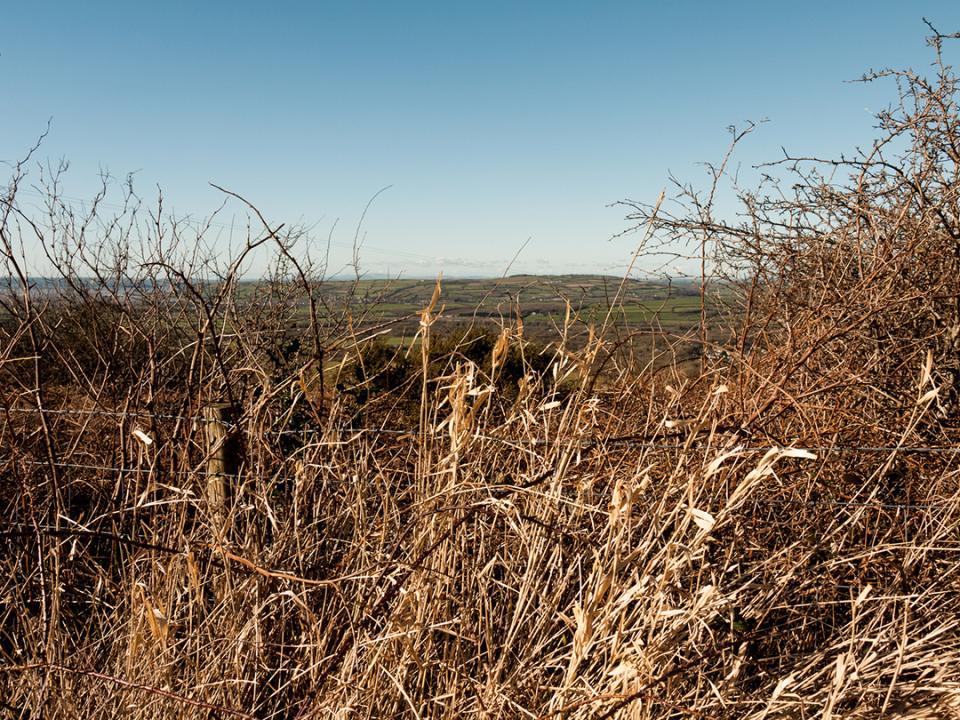
Pasture and Forage Minute: Managing Drought-stressed Brome, Alfalfa Seeding
Field Day Opportunities
Field days provide a great opportunity for producers to see and learn about new research and practices that they might apply to their operations.
The Gudmundsen Sandhills Laboratory Open House will feature speakers and a producer panel concerning issues that producers have had to deal with this past year. This includes challenges with the weather, wildfires and cow herd reproductive performance. With historic calf prices, an important presentation will be a discussion of factors to consider when retaining ownership. You will hear research updates from faculty who are conducting work at GSL concerning virtual fence, heifer development and pasture fly control. The open house will be on Wednesday, Aug. 23, at the facility near Whitman, Nebraska. Lunch is provided and participants can register for the event online.
Another event is the Water and Crops Field Day held at the West Central Research, Extension and Education Center in North Platte. This program will have producer and industry panels with one discussing cover crops, including forage opportunities and another that will provide insight on the USDA’s Climate Smart Initiative and what it means to producers in the region. We are seeing a greater interest by large food companies to help their suppliers incorporate more sustainable practices, including Climate Smart practices, by incentivizing producers through payments. Participants will also be able to see various cover crop trials and the use of drones in crop management. This event will be held Thursday, Aug. 24. Register for the event online.
Fall Seeding Alfalfa
Alfalfa can be successfully seeded in the spring or fall, but mid-August through mid-September is usually the best fall seeding time for new stands. For winter survival, the alfalfa should be planted at least six weeks before the first fall hard freeze (28°F) in your area. If surface soil conditions are dry and irrigation is not available, then it will likely be wise to delay seeding until next spring rather than risk seeding into dry soil in late summer.
Another important factor to consider is winter annual weeds control. Although perennial alfalfa plants compete well with weeds once established, winter annual weeds need controlled prior to fall seeding. Glyphosate-resistant (Round-up Ready®) alfalfa varieties may provide greater weed control options for controlling established winter annuals. Non-Round-up Ready varieties may work but if weeds are currently growing, some light tillage combined with labeled herbicide applications may be needed prior to planting. Also, stubble-seeding will not work well if weedy grasses or volunteer grain plants are abundant.
New stand establishment success will increase if alfalfa is seeded into a firm seedbed. Leave just enough loose soil to cover seed after planting. The rule of thumb is to seed alfalfa ¼- to ½-inch depth in fine-textured soils and ¾-inch depth in sandy soils. Firmed seedbed equivalent to allowing a basketball to bounce on it and sink in no more than ½ inch when walking across the area. If irrigation is used, fill the top two to three feet of the soil to field capacity prior to planting alfalfa.
More alfalfa information is available on UNL Beef, CropWatch or in the NebGuide G2247, “Seeding Alfalfa.”
Drought-stressed Brome
Eastern Nebraska grazing consists in a large part of brome pastures. Widespread dry conditions across the area earlier in the year with persisting drought in some locations have caused brome pastures to take a beating. Let’s go over some considerations to help drought-stressed brome pastures this fall.
While brome has an earned reputation of being able to take just about any abuse we can throw its way, there is a limit. Last spring, several producers had to deal with major die off in brome pastures where over-grazing paired with drought stress led to winterkill.
While pastures that have had some precipitation are coming back, resist the temptation of grazing them hard this fall. Instead, give plants plenty of time to build back reserves before temperatures turn cold. Provide some light nitrogen fertilization to help this process along, while further phosphorus can help root systems recover. This may also be an opportunity to interseed some legumes like fall alfalfa or early spring red clover, as grass competition will be reduced.
If grazing a stressed pasture is the only option, there are a few things to keep in mind. Cattle searching for grass may be less picky about still standing seedheads from plants that didn’t fully mature in the spring. Physical injury can open the door for issues like pink eye, so keep a close watch on herd health and be ready to treat cases that may occur. Also, plan now for less growth on the pasture next spring. Fall growth is correlated with spring production, so stressed fall stands will be lower yielding in the spring, making overgrazing and repeating the downward cycle that much easier.
Brome is a tough grass, but drought stress and grazing pressure can push it to the limit. Give stressed pastures time to recover this fall, assist with fertilization if needed, and consider interseeding. If resting isn’t an option, be prepared to deal with the consequences next spring.
Online Master of Science in Agronomy
With a focus on industry applications and research, the online program is designed with maximum flexibility for today's working professionals.
